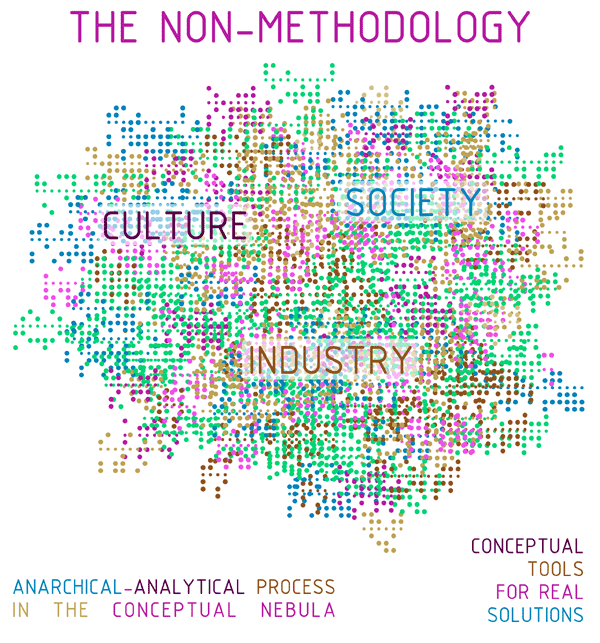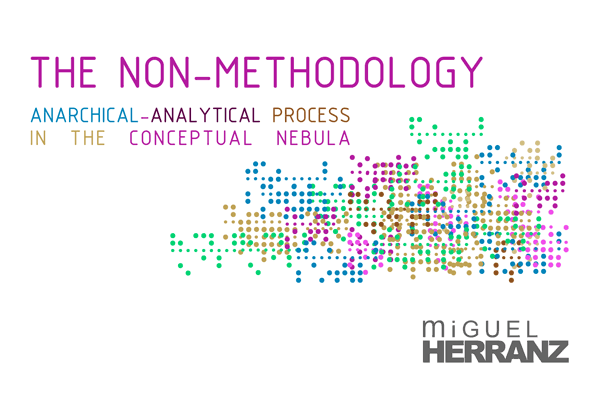I’m very excited about the launch of this blog, which will focus on my creative process, and as a result I feel the need to provide a brief introduction.
As an industrial designer, I work on technical and conceptual projects in a variety of fields. Regardless of the nature of the project or the field I’m working in, I always try to follow a commercial approach. And when I say commercial, I’m not exclusively referring to sales, but to the capacity of connecting with society.
Furthermore, if we consider the triple bottom line of a project or industry as the capacity to generate not only financial, but also social and environmental gains then a commercial approach – seen here as a way of connecting with society – contributes significantly to the triple bottom line of any kind of project or company. After all, the more commercial success a project has, the greater its social impact and, consequently, the greater the possibility of expanding its objectives in terms of social issues and sustainability. This is why I believe that the commercial nature of a project is not only essential to fulfilling an economic function, but also in establishing the necessary foundation to explore social and sustainability-related aims more thoroughly and effectively.
By reflecting on the commercial approach and how it connects with society, combined with all my years as a designer, I eventually came to analyze my creative process and developed a theory that I like to call THE NON-METHODOLOGY.
THE NON-METHODOLOGY is the name I have given to the creative process that I have implemented over the years in both design and industry-related areas. The approach is equally valid for tackling an industrial design project as it is for developing a corporate one. In other words, it is a very useful tool for designing products as well as business plans. Likewise, it is a tool that can be applied to creating new companies as well as implementing changes in those that are already well established.
THE NON-METHODOLOGY is an anarchical-analytical process in the conceptual nebula that makes it possible to create conceptual tools for real solutions based on analyzing the three core elements found in every project: culture, industry and society. Each individual core consists of an infinite number of interconnected concepts that are full of nuances and often overlap. They make up a conceptual nebula of infinite connections that links the three cores within a closed circuit, as shown in the image below.
 Even though the image is a diagram, I like to imagine the nebula as something three-dimensional and intangible in which all of these concepts move about and interact constantly. Furthermore, I always like to consider a fourth dimension, because I think it is very interesting to observe how these concepts evolve over time. Regardless of the project, whether it is specific or corporate in scope, how they perform over time is intrinsically linked to their conceptual basis and relationship to society.
Even though the image is a diagram, I like to imagine the nebula as something three-dimensional and intangible in which all of these concepts move about and interact constantly. Furthermore, I always like to consider a fourth dimension, because I think it is very interesting to observe how these concepts evolve over time. Regardless of the project, whether it is specific or corporate in scope, how they perform over time is intrinsically linked to their conceptual basis and relationship to society.
The culture or knowledge core consists of a cumulative tangle of concepts relating to the cultural interests of not only the designer, but also the industry and society as a whole. Therefore, the personality of the designer, as well as the philosophy of the company or the various cultural trends that are, have or will be circulating in society, are integrated into this core.
The industry core comprises all of the concepts relating to the capacities, possibilities, limitations and aspirations of both the project and the company. This part covers the entire industrial potential of a company without ever losing sight of its limitations and evaluating how to handle these limitations in relation to the project and how they may evolve over time.
Finally, the society core comprises the constantly changing and dynamic atmosphere of concepts relating to the interests, dissatisfactions, aspirations and desires of society. Here I prefer to talk about society rather than the market, because it is closer to the concept of humanity. It is not as intimately linked to rational ideas, but closer to real social movements, which tend to be more impulsive, emotional, almost sexual at times, and, as a result, more irrational.
In order to complete this analytical work effectively, it is important to approach each core both in terms of its direct relationship to the project and in a completely independent manner, allowing for a broader and more thought-provoking perspective.
Once the nebula for a project has been created in an analytical fashion, the true creative process consists of anarchically drawing connections between these concepts. In other words, if our analytical work is solid and we have created our nebula – which is not expressed as a presentation of ideas, market data, trends or anything the like, but is truly a nebula that follows us everywhere – small electrical charges will start to go off anarchically. Eventually they establish connections between concepts to build a path, occasionally even a highway, for us to follow. The path, which is the result of this process and varies from project to project, is what I call the “conceptual tool for a real solution.”
In short, using an analytical process to create a nebula for each project, followed by an anarchical immersion that is in fact guided by the most relevant connections, provides each project with a different conceptual tool for a real solution. In other words, it results in a different methodology for every project… THE NON-METHODOLOGY.






